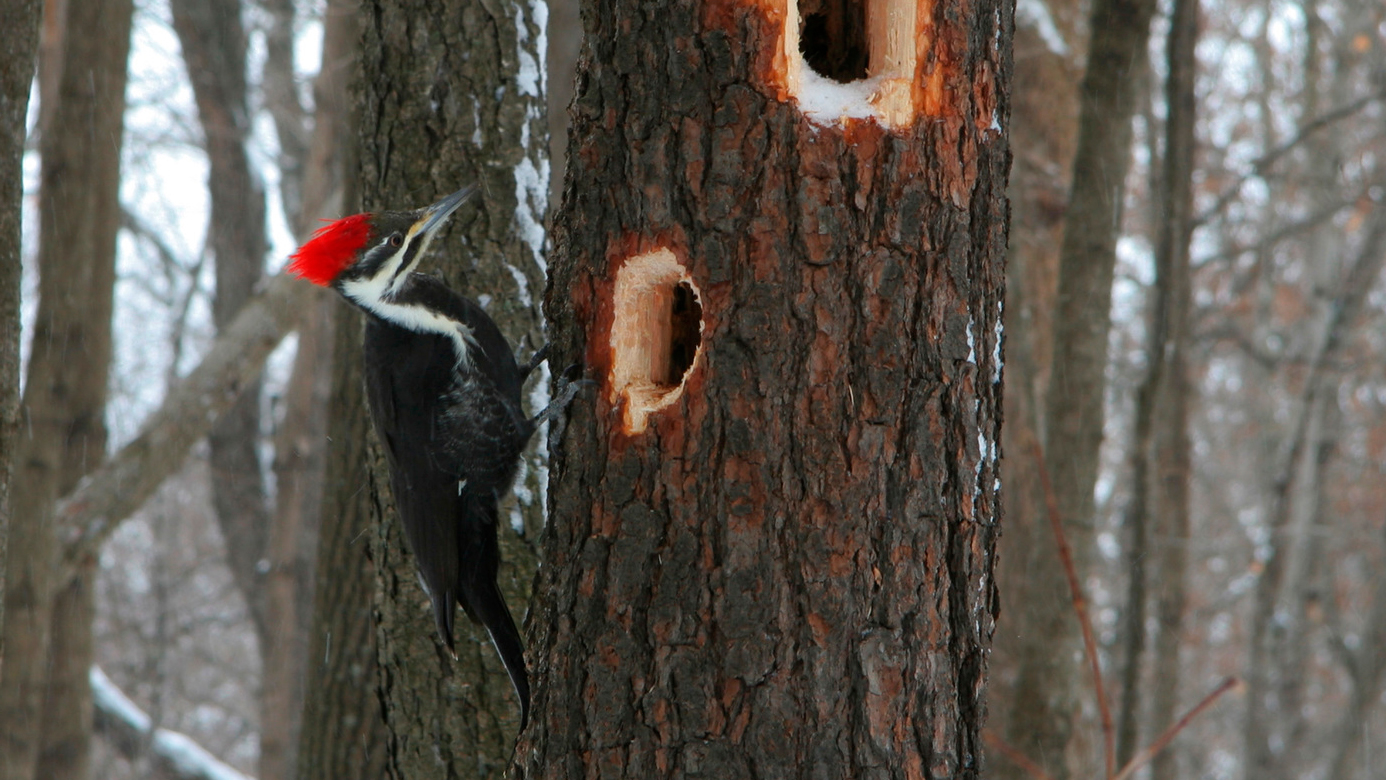Encountering Woodpeckers in Florida: Variety Variety and Recognition
Encountering Woodpeckers in Florida: Variety Variety and Recognition
Blog Article
Discover the Fascinating Globe of Woodpeckers: Whatever You Need to Know
The globe of woodpeckers is a world filled with special actions, detailed adaptations, and a diverse array of types. From their environments and distribution patterns to their feeding behaviors and specialized anatomical attributes, woodpeckers have long mesmerized the rate of interest of ornithologists and nature lovers alike. Recognizing the details of these remarkable birds gives a glimpse right into the complex interplay in between their biology and the setting. As we discover the world of woodpeckers additionally, we reveal a wealth of details that clarifies their relevance in environments and the obstacles they deal with in an ever-changing world.
Woodpecker Habitats and Circulation
In North America, for instance, woodpeckers can be identified in both coniferous and deciduous forests, utilizing their solid beaks to forage for insects and develop nesting tooth cavities in trees. In Africa, specific woodpecker types have actually adjusted to arid atmospheres, such as the acacia forests, where they play a crucial duty in managing insect populations.

Feeding Behaviors and Diet
Among the numerous elements of their behavior, woodpeckers display distinctive feeding routines and dietary preferences. These birds are mainly insectivores, with a diet plan that includes ants, beetles, caterpillars, and various other pests located in trees. Woodpeckers use their strong beaks to drill into the bark of trees, probing for bugs and larvae concealed under the surface. In addition to insects, woodpeckers also eat nuts, seeds, fruits, and sap. Some species have actually specialized tongues with barbed ideas that assist them extract bugs from gaps in timber.
Woodpeckers are known for their drumming habits, which offers not only to interact with other woodpeckers however likewise to find food. The linked here rapid drumming sound is created by the bird pecking on resonant surface areas like dead trees or metal poles. This actions can bring in bugs hidden in the timber, allowing the woodpecker to discover their existence and eat them.
Unique Adjustments for Tree Climbing
In their skilled pursuit of insects hidden within tree bark, woodpeckers have actually evolved impressive physiological features that furnish them with unique adaptations for reliable tree climbing. Woodpeckers have strong neck muscular tissues and a special skull framework that absorb the influence of consistent pecking, permitting them to climb up up and down without triggering injury to their brains. These adaptations showcase the unbelievable evolutionary design that enables woodpeckers to browse trees with precision and efficiency.
Diverse Woodpecker Types Worldwide
With over 200 different types spread across different environments worldwide, the household of Picidae incorporates an exceptional variety of woodpeckers. These birds can be located in woodlands, timberlands, savannas, and also urban locations, showcasing their versatility to various settings. From the renowned Northern Flicker in The United States And Canada to the colorful and elusive Crimson-backed Flameback in Asia, each woodpecker varieties displays unique characteristics in terms of tuft, actions, and habitat choice.
Woodpeckers vary substantially in size, with the diminutive Downy Woodpecker gauging around 6-7 inches in size, while the powerful Lineated Woodpecker can reach up to 17 inches - Woodpeckers in Florida. Their beaks Resources also come in different forms and dimensions, reflecting their feeding routines. Some types focus on removing bugs from tree bark, like the Acorn Woodpecker, while others, such as the Black-cheeked Woodpecker, prey on fruits and seeds

Conservation Efforts and Obstacles
Conservation initiatives for woodpecker populaces are essential in minimizing the effect of habitat loss and various other threats facing these diverse avian species. Woodpeckers encounter various obstacles to their survival, primarily as a result of logging, urbanization, environment change, and intrusive varieties. To address these problems, preservation initiatives concentrate on protecting and restoring woodpecker environments, executing sustainable forestry methods, and elevating recognition about the significance of these birds in ecological communities.
One visite site significant difficulty in woodpecker preservation is the fragmentation of their habitats, leading to separated populaces that are a lot more at risk to termination - Woodpeckers in Florida. Conservationists work to create wildlife corridors and shielded locations that attach these fragmented environments, allowing woodpeckers to relocate in between various locations for feeding, reproducing, and shelter

Conclusion
In conclusion, woodpeckers are remarkable birds with unique adaptations for tree climbing and feeding behaviors. Further research study and preservation actions are required to make certain the survival of woodpeckers in the wild.
Report this page